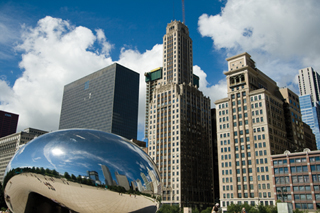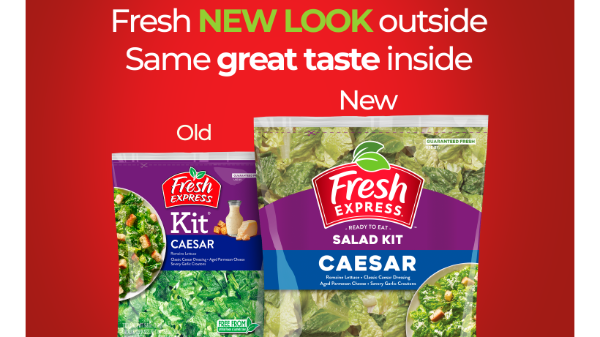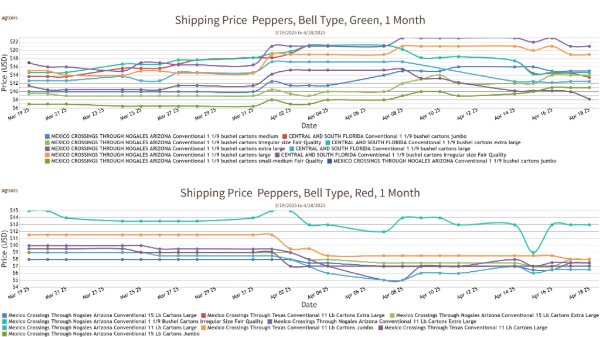Welcome to Blue Book!
Are you ready to join the thousands of companies who rely on Blue Book to drive smarter decisions? View our plans and get started today!
Still have questions? We’d love to show you what Blue Book can do for you. Drop us a line– we’ve been waiting for you.

Brimming with friendly competition, diverse offerings, and an advantageous location, Chicago’s produce scene is always bustling. Add in the amazing landmarks—from the iconic Cloud Gate (commonly known as ‘The Bean’) at Millennium Park to the Magnificent Mile’s retailers and restaurants—and you have an internationally known food paradise.
Terminal Market Profile
Chicago is not only the largest city in the Midwest but the nation’s third most populated city, with 2.7 million residents. If you take in all of Chicagoland, which encompasses much of northern Illinois and part of Indiana, the population doubles. With this many mouths to feed, Chi-Town has made itself a hub of fresh food, including fruit and vegetables.
Even the word ‘Chicago’ can trace its roots to food, as it comes from an Algonquian word translated as ‘wild garlic’ or ‘wild onion’ according to a study by Miami University in Oxford, Ohio. What this translates into today, for Chicagoans and the entire Great Lakes region, is access to an ever increasing variety of locally-sourced and imported foods.
The Chicago International Produce Market (CIPM) itself is located in a mostly industrial area on South Wolcott Avenue between two heavily trafficked arteries (Damen and Ashland) that transect the city. The terminal market building is surrounded by plenty of parking and backed by the South Branch of the Chicago River to the south. It may not be an architectural marvel designed by Frank Lloyd Wright, but it has been setting the pace of the region’s fresh produce trade for more than a decade.
Transitioning from Old to New
Dave Donat of Produce Pro, Inc., a software and technology solutions provider located in Woodridge (a suburb west of the city), says when the market moved from its old Water Street location to South Wolcott proved pivotal for many of the market’s merchants. Although a few did not make the move, and another, Anthony Marano Company, built its own warehouse on the other side of the Chicago River, it was an opportune time to leap from the past to the future, in terms of modernizing equipment, stalls, and even paperwork.
“With the move,” explains Donat, product manager, “many produce companies saw it as an ideal time to implement a software solution away from paper and pencil”—the old school and most common way of conducting business. Donat says the transition was primarily pushed by the younger generations of the family- run companies. Fortunately for Produce Pro, it was close enough to visit the market frequently to help train merchants and their support staff, and provide support whenever needed.








